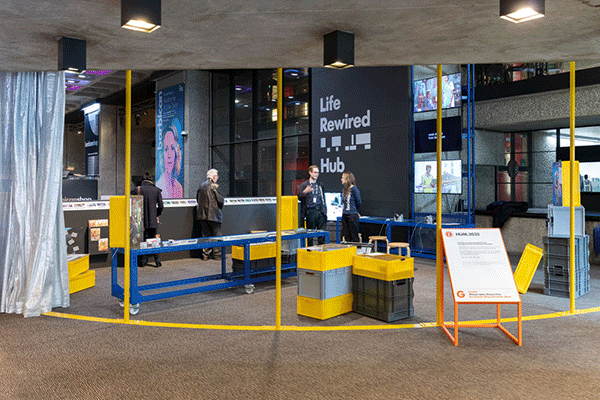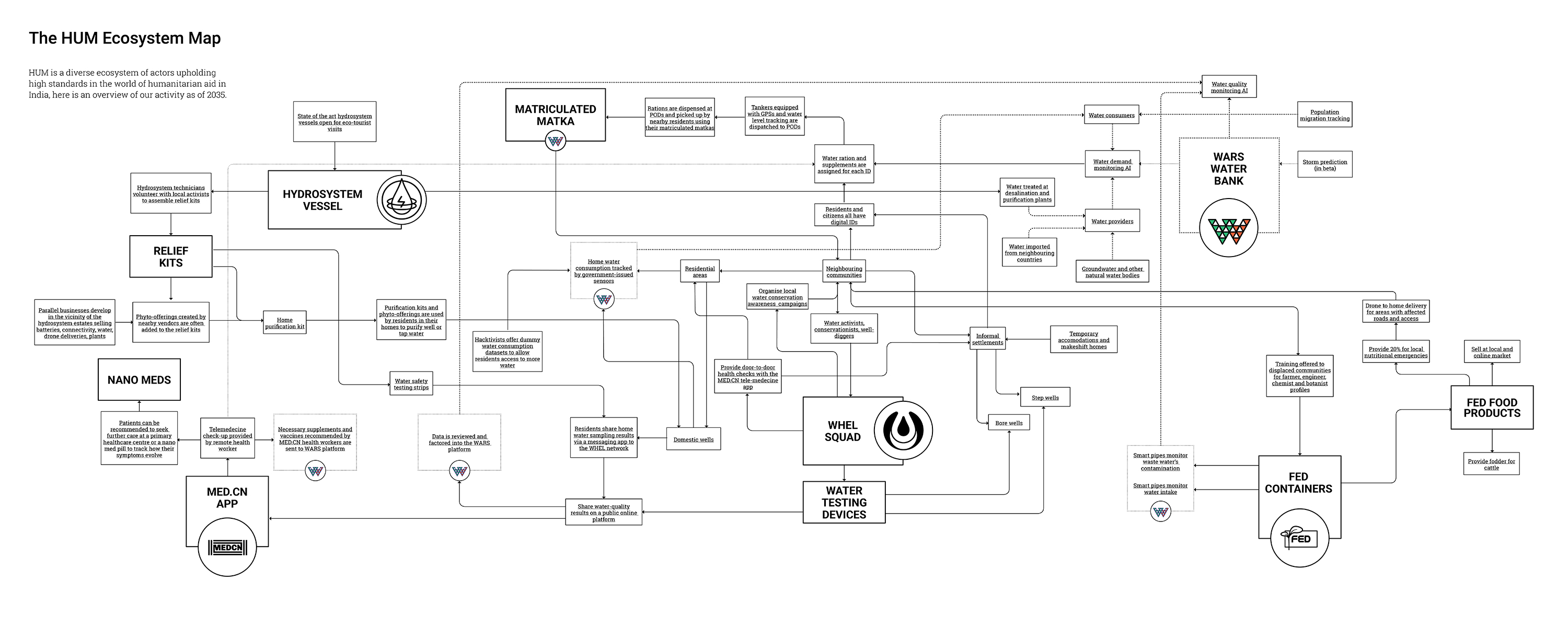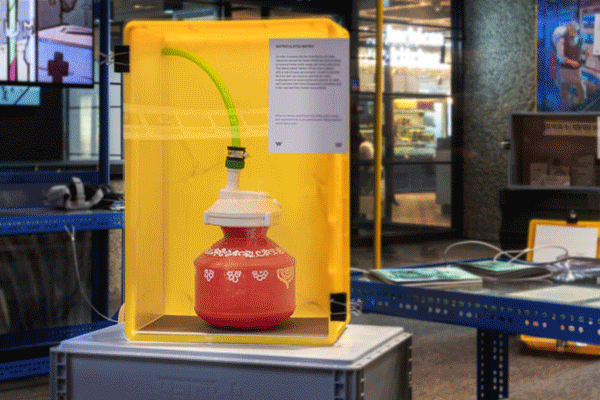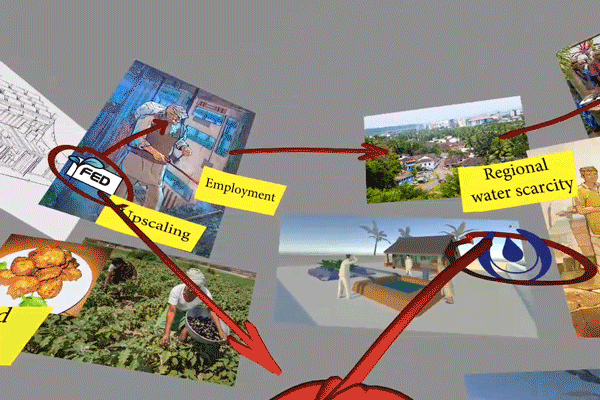The project was commissioned by the Life Rewired Hub and conceived in collaboration with Tandem Research, STBY, and the Humanitarian Leadership Academy. It tells the stories of HUM-affiliated humanitarian workers dealing with a water crisis in the aftermath of a destructive tropical storm. Through this story, we tried to call attention to the gray areas that exist in the humanitarian aid provision space: How does one find balance between scale of coverage and quality of service? Emergency relief and sustainable empowerment? Safety and policing?
Exhibit Website








